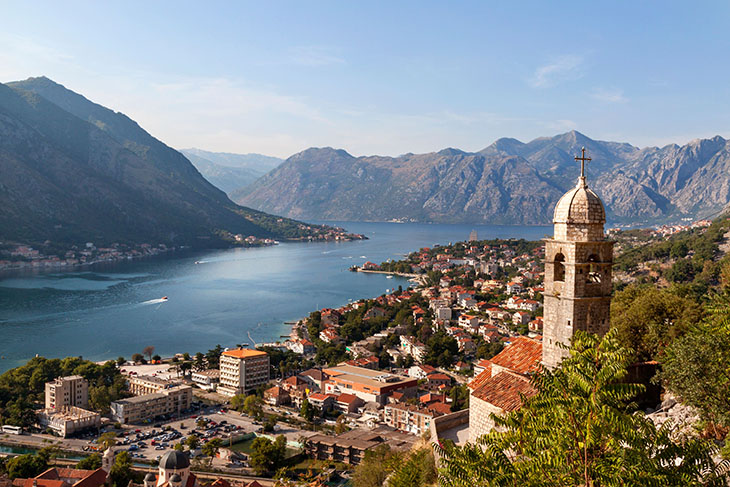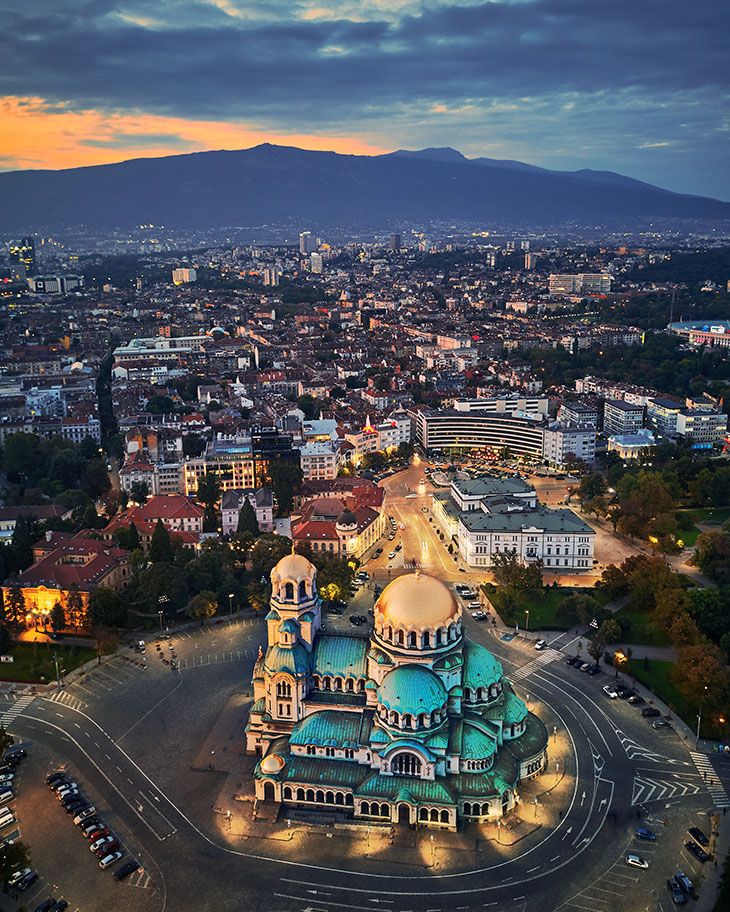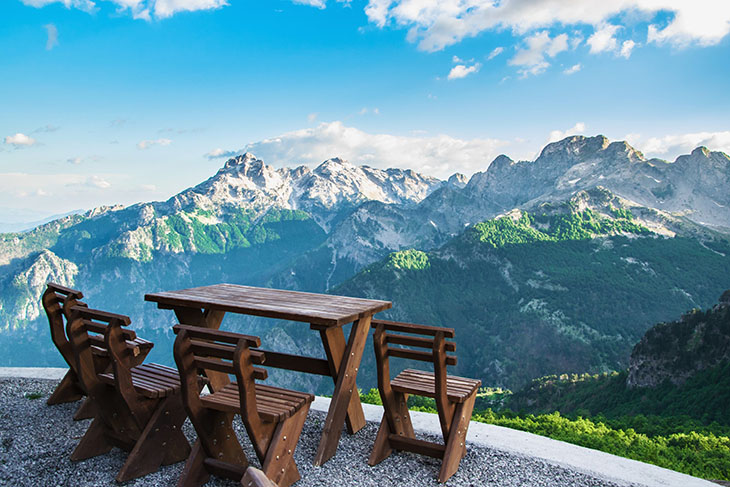Mass tourism has been creeping east across Europe for some years – hen parties in Prague, backpackers in Budapest, and sun-seekers on the beaches of Croatia – but broadly speaking, the further east you go, the fewer tourists there are.
These up-and-coming countries are the places to see now – before they get too busy.
1. Estonia

Capital Tallinn has everything you could want from a European city break – landscaped parks, kaleidoscopic paintwork, and an old town frozen in time.
A sleeping tech giant (among other things, Tallinn gave the world Skype), the city is as forward-thinking as it is historic, and come twilight, the thriving dining scene transforms into glitzy nightclubs and bars.
Few tourists venture beyond the capital, but those that do can enjoy pristine pine forest, serene sandy beaches, and island hopping on the Baltic coast. Consider second city Tartu, a university town on the banks of the Emajogi which, locals will tell you, is the real capital of Estonia.
2. Montenegro

It is easy to see why, when drawing a tourist map of Europe, Montenegro might get missed out. A diminutive nation squeezed onto the shores of the Adriatic, Montenegro has only been a sovereign state since 2006 and has a population of 622,000.
Nationhood or not, Montenegro has spent millennia at the crossroads between east and west – Christian churches mix with modern minarets, and Roman villas stand side by side with Soviet statues.
The country boasts more history than it should reasonably be able to contain, while the postcard-perfect Kotor Bay provides plentiful natural beauty to boot.
Read more: Cheapest European cities
3. Bulgaria

Tourists do visit Bulgaria, but many of them fly into Varna and head straight for the resorts and beach clubs lining the east coast. They’re missing a trick, because Sofia and Plovdiv, Bulgaria’s two largest cities, offer deeply contrasting charms.
Still stamped with Soviet brutalism, Sofia is not the prettiest European city, but serves up enough churches, museums and Red Army monuments to entertain even the most demanding culture vulture, while on a Friday night, the main boulevard could rival the Magaluf strip.
A mere two-hour bus ride away, the orange roofs and labyrinthine alleyways of Plovdiv would fit perfectly among the Tuscan hills, and the cobbled streets wind between Roman ruins and leafy squares.
One of the cheapest countries in Europe, if not the cheapest, Bulgaria is easy for those on a shoestring, looking to stretch every lev as far as it will go.
4. Albania

Probably Europe’s best kept secret, criminally under-touristed Albania boasts thrilling mountain scenery, ruins riven with romance, and beaches to rival any of its Mediterranean brethren.
The so-called Albanian Riviera is low on resorts but high on beaches and village cuisine, while the fabulously foreboding Accursed Mountains offer high-level hiking beneath a lush blanket of leaves. Nestled between peaks lie a smattering of World Heritage sites, including the Roman city of Butrint, and the medieval town, Gjirokastra.
Under the yolk of communism until the early Nineties, it’s taking the world’s travellers a while to wake up to Albania’s charms. But in the age of Instagram, we can’t imagine it will take much longer.
Read more: European currencies before the Euro
5. Romania

With its misty mountains and strange stone churches, Romania is justly famous for the jagged crags and Gothic spires that hosted the devilish deeds of Count Dracula.
If you like your history violent, ghoulish, and potentially vampiric, the real Transylvania does not disappoint – tourist hub Bran Castle once housed the notorious Vlad the Impaler, who’s a national hero in Romania, despite apparently skewering up to 80,000 enemies.
Scary stories aside, the region is stunningly scenic, while Bucharest is a thriving, affordable capital with a healthy smattering of palaces and museums.
6. Latvia

Tailor-made for a long weekend, the middle Baltic state joins Estonia in having one of the most beautiful capitals on the continent. Gothic spires loom above crumbling facades in Riga’s old town, a UNESCO World Heritage site boasting some of the world’s finest examples of art nouveau.
An artsy city with a bohemian vibe, this former European capital of culture has thrown off the Soviet shackles with experimental restaurants, brightly coloured buildings, and avant-garde galleries.
Outside the capital, Latvia is one big park – pristine meadows and woodland trails winding between an armada of lakes and streams.
Do you like to explore less-touristy countries? Where is your favourite Eastern European destination?
– With PA
Read more: How to plan a European trip
If you enjoy our content, don’t keep it to yourself. Share our free eNews with your friends and encourage them to sign up.

